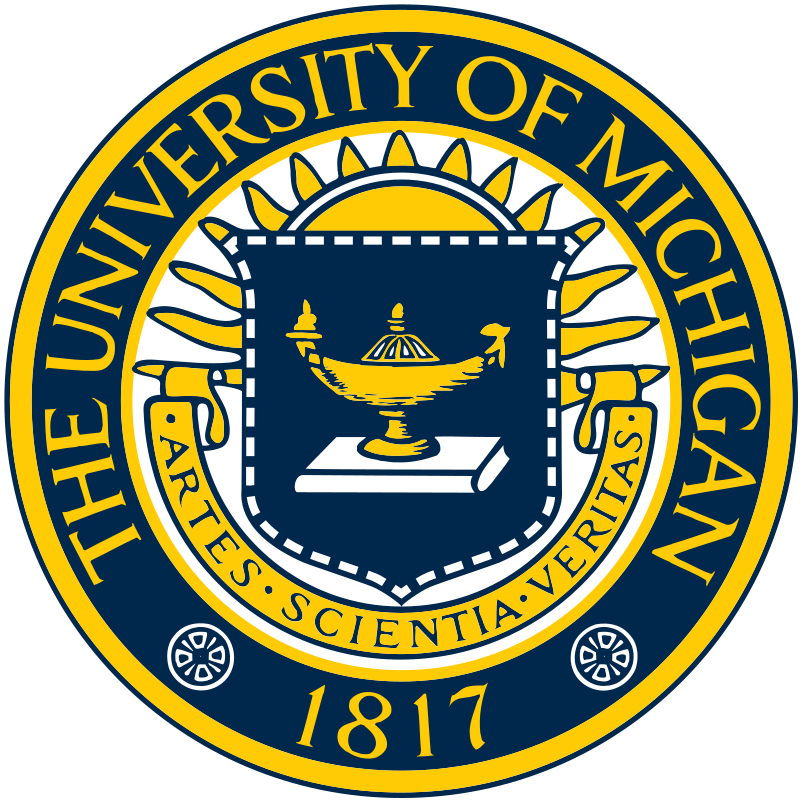Table of Contents
- General Information
- Vaccine Related Pathogen Genes
- Vaccine Information
- AdC68- rabies virus glycoprotein
- ALVAC-rabies
- ALVAC-RV
- BV-RVG/RVG
- Canine Distemper-Adenovirus Type 2-Parainfluenza-Parvovirus-Rabies Modified Live & Killed Virus Vaccine (USDA: 13G9.20)
- Canine Distemper-Adenovirus Type 2-Parvovirus-Rabies Modified Live & Killed Virus Vaccine (USDA: 13H9.20)
- ChAd155-RG
- ChAdOx2 RabG
- CV7201 mRNA
- Feline Rhinotracheitis-Calici-Panleukopenia-Chlamydia Psittaci-Rabies Modified Live & Killed Virus, Modified Live Chlamydia Vaccine (USDA: 1619.20)
- Feline Rhinotracheitis-Calici-Panleukopenia-Chlamydia Psittaci-Rabies Modified Live Virus and Chlamydia, Canarypox Vector Vaccine (USDA: 1619.R1)
- Feline Rhinotracheitis-Calici-Panleukopenia-Rabies Modified Live & Killed Virus Vaccine (USDA: 16T9.20)
- Feline Rhinotracheitis-Calici-Panleukopenia-Rabies Modified Live Virus, Canarypox Vector Vaccine (USDA: 16T9.R0)
- Imovax Rabies
- PIKA rabies vaccine
- Purevax Feline Rabies
- RABAVERT
- Rabies DNA Vaccine encoding Rabies virus Glycoprotein
- Rabies Killed Virus Vaccine (USDA: 1905.20)
- Rabies Killed Virus Vaccine (USDA: 1905.21)
- Rabies Killed Virus Vaccine (USDA: 1905.22)
- Rabies Killed Virus Vaccine (USDA: 1905.23)
- Rabies Killed Virus Vaccine (USDA: 1905.24)
- Rabies Killed Virus Vaccine-Ehrlichia Risticii Bacterin (USDA: 4905.20)
- Rabies Live Canarypox Vector Vaccine (USDA: 1901.R1)
- Rabies Live Canarypox Vector Vaccine (USDA: 1901.R6)
- Rabies Live Vaccinia Vector Vaccine (USDA: 1901.R0)
- Rabies Vaccine Adsorbed (RVA)
- Rabies vaccine rVac-N
- Rabies virus DNA vaccine encoding the ERA glycoprotein
- Rabies virus DNA vaccine pCMV-intA-rabies encoding glycoprotein G
- Rabies virus DNA vaccine pSG5rab.gp
- Rabies virus glycoprotein G mutant vaccine
- Rabies virus P protein mutant vaccine
- Rabies Virus Vaccine pAlpha-Rab-G
- RABIPUR
- RABIVAX-S
- Raboral
- RCN-rabies-G
- rLSDV-Rabies-gP
- rORFV-RabG
- SPEEDA-purified Vero cell rabies vaccine (SPEEDA PVRV)
- References
| I. General Information | ||||||||||
|

Loading Pathogen Genes...

Loading Host Genes...

Loading Vaccines...
Loading References...


